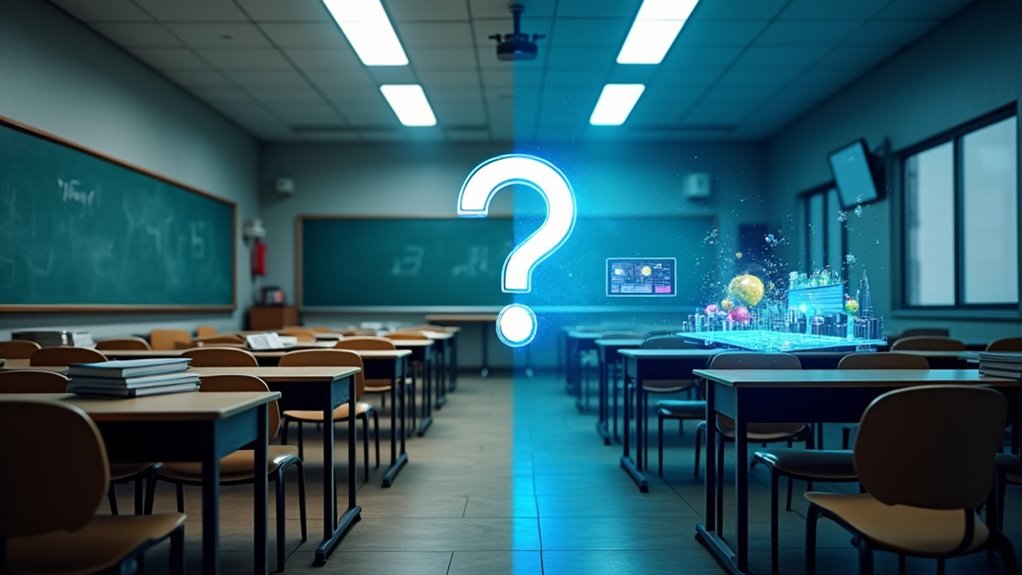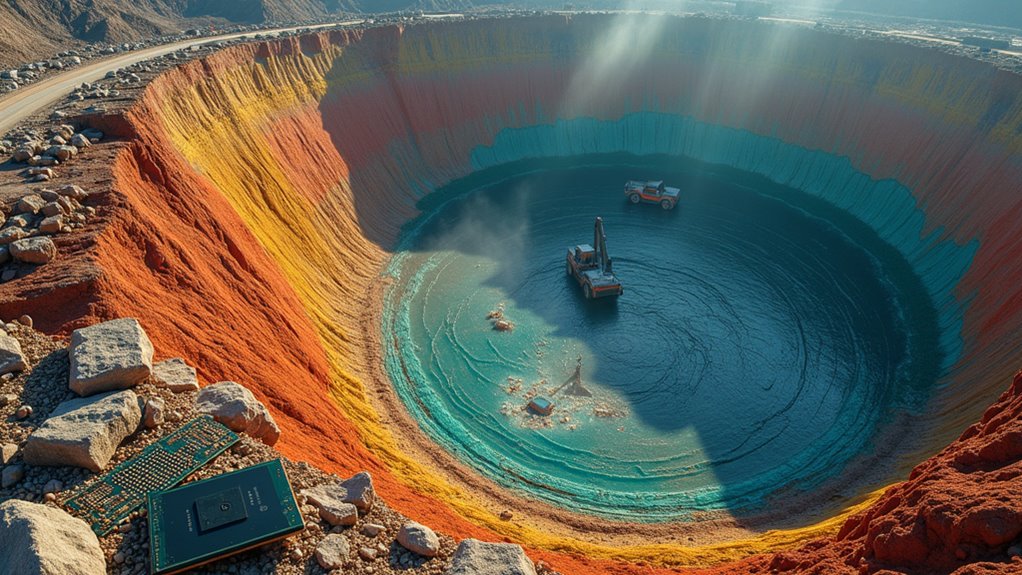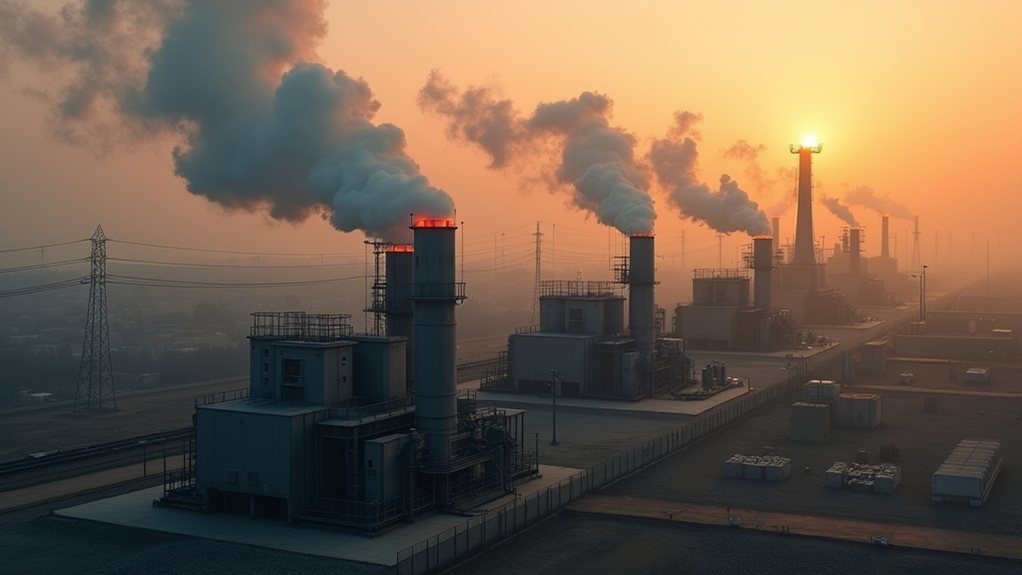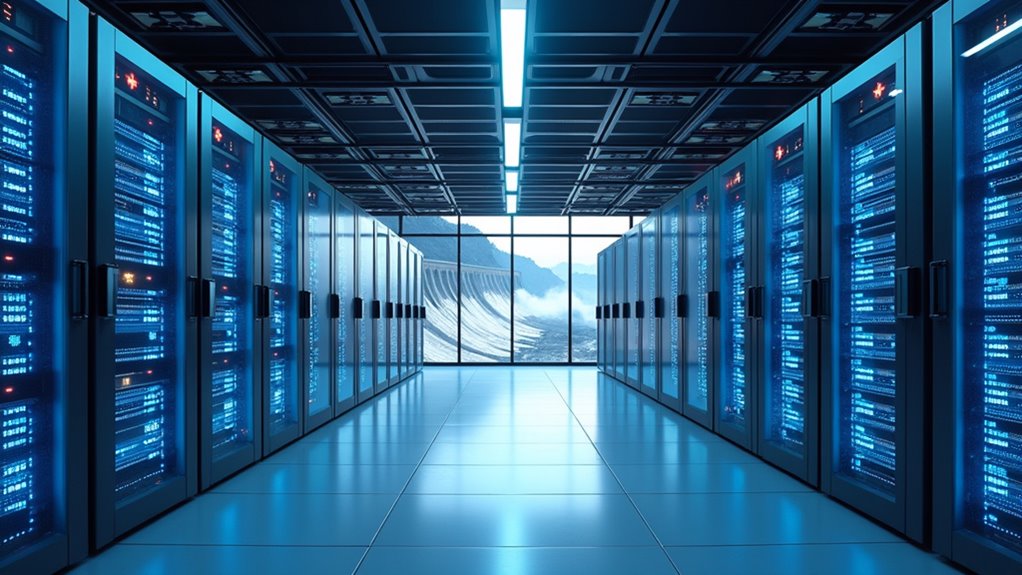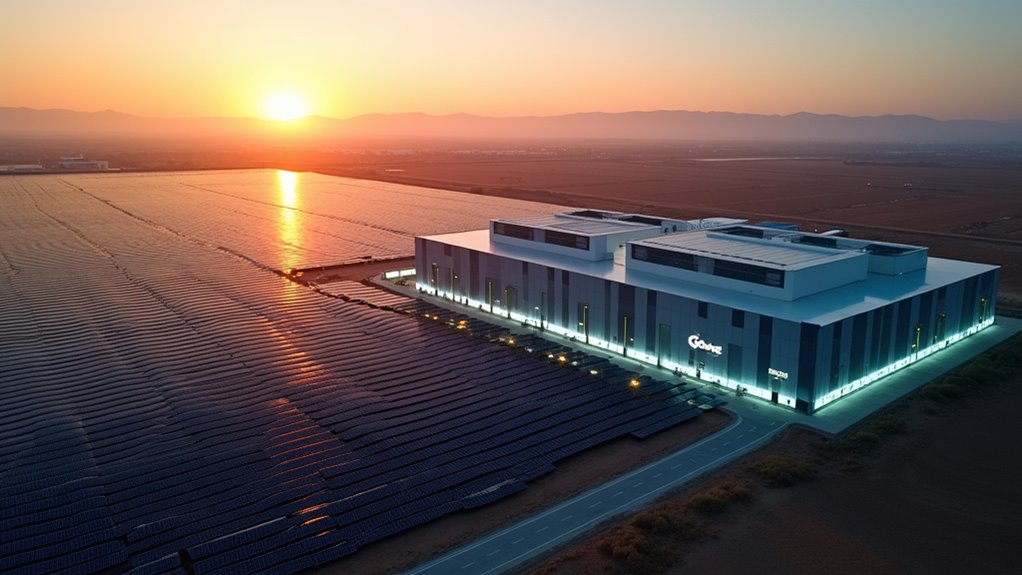AI is revolutionizing power grid management, making blackouts increasingly rare. Self-healing systems scan for problems 24/7, rerouting electricity in milliseconds when issues arise. Smart transformers balance renewable energy supply, reducing waste by up to 15%. Meanwhile, predictive maintenance flags failing components before they crash—like a psychic mechanic for your neighborhood grid. Companies implementing these technologies see profit increases up to 45%. The days of sitting in the dark with melting ice cream might soon be just an unpleasant memory.
While most of us only think about electricity when the lights go out, artificial intelligence is quietly revolutionizing how power grids operate behind the scenes. Remember that panicked scramble for candles during your last power outage? AI is working to make that a relic of the past—like dial-up internet or flip phones.
The secret weapon here is what engineers call “self-healing grid technology.” Unlike humans who need coffee breaks and sleep, these AI systems work 24/7, constantly scanning for problems and fixing them autonomously. When something goes wrong, they can reroute electricity in milliseconds instead of the minutes or hours it takes for manual intervention. That’s the difference between a momentary flicker and missing the second half of the Super Bowl.
Self-healing grids never need a coffee break—they’re fixing problems while humans would still be reaching for the phone.
What’s particularly impressive is how these systems can predict weaknesses before they become problems. It’s like having a psychic mechanic for your car who fixes issues you didn’t even know existed. Test networks consistently show that AI outperforms human operators in finding the best path for electricity when part of the grid goes down. Sorry, grid operators—the robots are showing you up.
Machine learning algorithms are also transforming maintenance practices by analyzing real-time data on power usage and grid health. Instead of waiting for equipment to fail spectacularly (usually during that dinner party you’ve been planning for months), AI can flag components that need attention before they cause blackouts. Developed by researchers from University of Texas at Dallas and University at Buffalo, this groundbreaking technology represents a significant advancement in power distribution reliability.
Perhaps most exciting is how AI is helping integrate renewable energy sources into our aging grid infrastructure. Smart transformers controlled by AI can balance supply and demand dynamically, reducing energy waste by up to 15% while improving voltage profiles by 12%. This flexibility is essential for handling the intermittent nature of solar and wind power. These technologies are critical in supporting the vision of 100% clean electricity by 2035, transforming how we plan and operate future power grids.
The grid is also becoming more resilient against cyberattacks through AI-based security measures that can detect and respond to threats faster than traditional systems. Because let’s face it—in 2023, even your toaster needs cybersecurity. With profit increases of up to 45% for companies implementing AI solutions, utilities are rapidly adopting these technologies to improve both efficiency and reliability.

